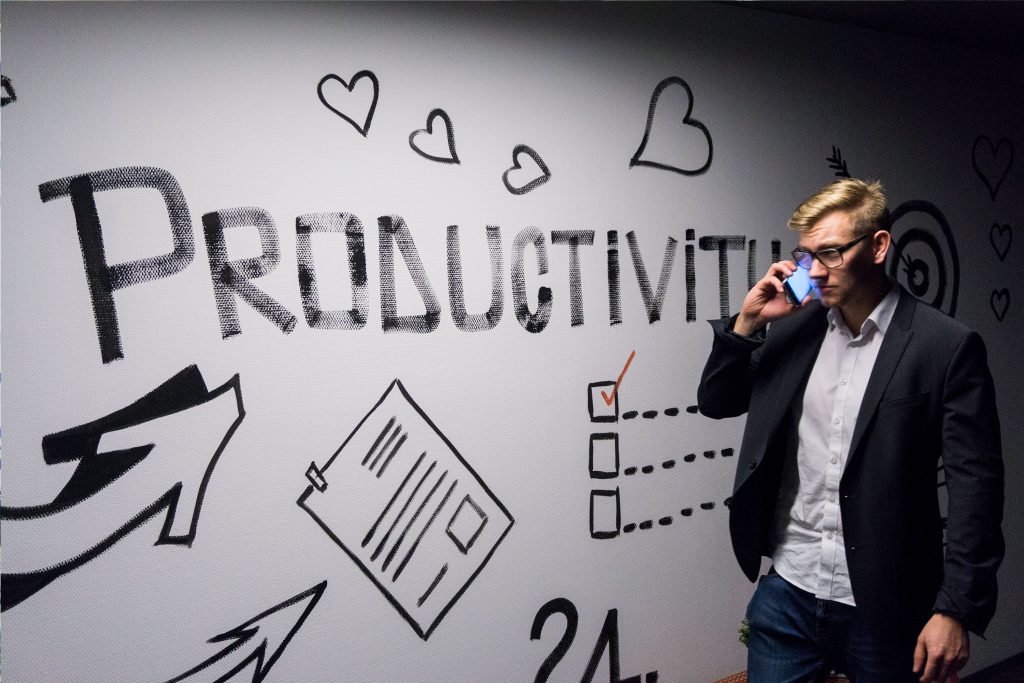In economics, productive efficiency – or technical efficiency – is reached when no more quantity of a product can be reached without sacrificing the production of another. If we apply this concept to productivity in the workplace we end up with the well-known 80/20 rule associated to the Pareto principle, developed in the late 19th century by the Italian economist, politician and sociologist after whom it is named.
In its productive aspect, this principle holds that only 20% of our effort brings 80% of the results; that is to say, if we wish to be efficiently productive, we should concentrate solely on the 20% of actions that bring us the greatest yield.
Knowing this, why not put this idea into practice by making a note of the following recommendations for doing more with less? It won’t take you more than five minutes.
- Review your productivity so far. Identify your greatest achievements and analyze what tasks you did to arrive at them.
- Identify your most productive time window and reserve those tasks for the part of the day when your concentration is greatest.
- Start with a trial period where you can put into practice all the tasks you have considered priority, and keep a record of your results. You can begin with one week and make adjustments over the following seven days.
- Finally, share your results so you can receive feedback from your teammates or coordinators.
You may be interested: 7 common mistakes you must avoid to increase your personal productivity
More advice
The basic guidelines are clear, but if you need other tips that can help you make your day more productive, here are a few more:
- Of all your priority tasks, first choose the ones that require the greatest concentration in your most productive period.
- Try to reduce your list of daily tasks. If you’re not realistic when planning your day, you’ll only be frustrated to find at the end of the day that you’ve failed to complete a large number of your scheduled tasks. A list of three to five important tasks a day is enough.
- Work in periods of 60-90 minutes, taking breaks between them. When you rest you can go for a walk, read something unrelated to your work, rehydrate, meditate, etc.
- Try to automate the most repetitive or least creative tasks whenever possible. As an example of automation, it’s always a good idea to create answer templates to respond to certain similar emails.
You may be interested: Personal productivity, 10 must-read articles
- Schedule or set deadlines for completing your pending tasks – that way you’ll reduce any tendency to postpone them indefinitely.
- Avoid managing your tasks via email. Use a shared productivity manager or the phone directly to avoid procrastinating or having to search through your email several times to get up to speed with an issue.
- Never lose sight of your goals. In fact, always keep in mind the route you need to take from the most general goal to the most specific task, so you don’t forget the meaning of the specific within the generic.
- Eliminate multitasking. Although we think we can, we human beings can’t really concentrate on several things at the same time. Flitting between one task and another only causes dispersion and means we can’t make the best possible use of our time.
Each person’s productive efficiency clearly depends on several factors, including factors relating to their personality or the environment. Within this variability, however, it is advisable to stick to techniques that have demonstrated their effectiveness, including the 80/20 rule mentioned earlier.
What for you is your best technique for being more efficient?

